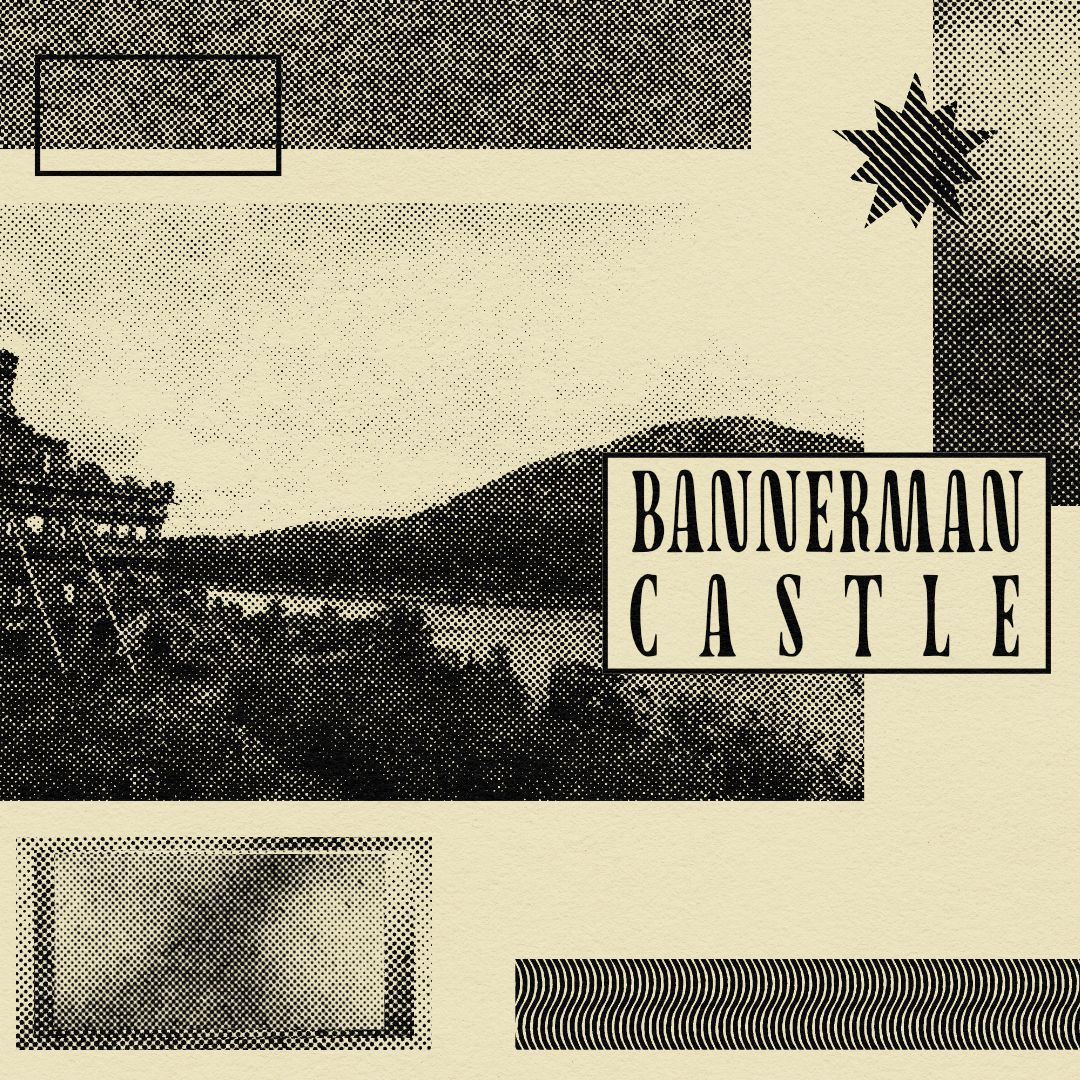The arms dealer and his castle (Haunted Bannerman Castle Part 2)

This is part of a blog series about haunted Bannerman Castle. Check out part 1 of the series here.
Last time, I posted a quick intro about the ruins of an odd, old castle in Upstate New York. Well, an eccentric castle needs an eccentric creator, so let's look at the arms dealer who built that thing back around the turn of the twentieth century.
Francis Bannerman VI
The castle was built by a man named Francis Bannerman VI. Bannerman was born in Dundee, Scotland in 1851, and immigrated to the United States from in 1854. His family moved to Brooklyn in 1858.
The arms business
In everything I've read about Bannerman, he's been described as a shrewd businessman who sold "military surplus" goods, but as far as I can tell from his story, it appears that he could just as accurately be called an arms dealer. (I wouldn't say he was only an arms dealer, but certainly seems like he dealt plenty of arms.) So let's take a quick look at the history of the business.
As the story goes, Bannerman started small, collecting scrap metal from the New York harbor and then selling those. In 1865, he bought military equipment left over from the Civil War (which had just ended) and started his military supply business near the Brooklyn Navy Yard.
Let's be clear: Bannerman's wasn't your typical army/navy store. He didn't just sell military uniforms, bags, and the like. He sold actual military-grade weapons, and at times he sold them directly to the US government.
In 1897, he set up a store to sell equipment to volunteers for the Spanish-American War. He purchased weapons from the Spanish government prior to their evacuation of Cuba, and after the war, he bought ninety percent of the weapons that the US military had confiscated during the war.
Later on, around 1900-1910, Bannerman purchased guns from the Navy at what were probably scrap prices. When the United States entered World War I, he sold those guns to the Army. (For what I can only assume was a tidy profit.) I've also heard claims that he made some charitable donations during World War I.
A source note: The story of him selling the munitions back to the government before World War I came from Wikipedia (and I haven't been able to verify the claim's original source), and a narrative of him donating blankets, cannons, and uniforms comes from the Bannerman Castle website (no citation given), which caters to people who want to visit the island and describes the arms dealer as considering himself a "man of peace." But I haven't dug into either set of claims further. I suppose it would have been possible for him to both re-sell weapons to the government for a profit during wartime and also donate some blankets. But the divergence in descriptions of his interactions with the wartime machine of World War I felt worth mentioning.
And, to be fair, while his business included arms dealing for active conflicts, he also apparently sold collectible military surplus items. Bannerman worked with non-military customers like early film studios and Buffalo Bill. Also, apparently half of the commemorative cannons in public places in the U.S. came from Bannerman's, so he had a brisk trade there, as well.
This post doesn’t link to sources as comprehensively as usual, because it's based onan old episode of Buried Secrets Podcast. I wrote this based on the original episode notes, which I penned when I was worse at adding specific in-line citations. But all of the sources I used are linked at the bottom of the episode shownotes page.

